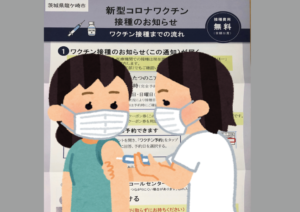
The Sun-Star Cebu newspaper ran an article with the headline "13 Million Students Return to School.
When I read the article to see if school had finally resumed in the Philippines, I found out that it was not that face-to-face classes had resumed, but that the school year 2021-2022 had begun.
In Japan, schools were closed for a while from mid-February last year, but now classes are being held as usual.
In the Philippines, too, schools were closed and face-to-face classes stopped since last March, and that situation is still continuing.
Although some schools started offering online classes in October last year, not all families can afford the computers and tablet devices to take online classes.
According to the Philippine Department of Education, 13 million students, or about 60% of the students in public schools, do not have access to online classes.
Even though our children have computers in the area where they live, the communication is not good, so most of them are not taking online classes.
This is why the class is taught through a modular learning system.
This is done using self-learning printouts distributed four times a year, and in addition to the printouts, students are given a schedule with weekly assignments to study.
The teachers are supposed to use the activity sheets submitted by the parents to monitor whether the children are learning properly.
The weakness of such modular learning systems is that the children studying cannot ask questions on the spot if they do not understand something.
Parents may be able to ask questions if their children are in elementary school, but if they are in middle school or high school, it would be quite difficult.
According to a newspaper article, the vaccination rate of teachers and staff in Central Visayas against the new corona is about 40%.
Children are still restricted from going out, so it will take some time before they can go to school.









